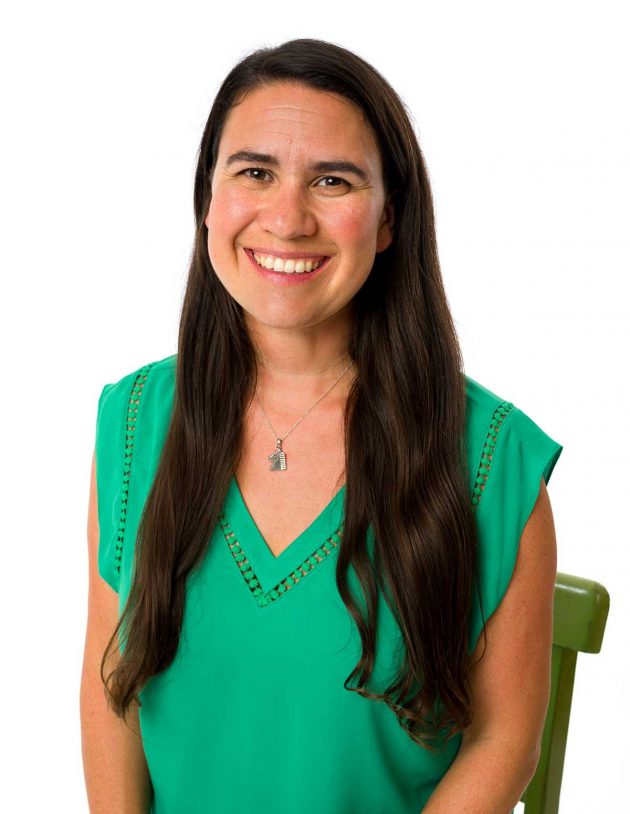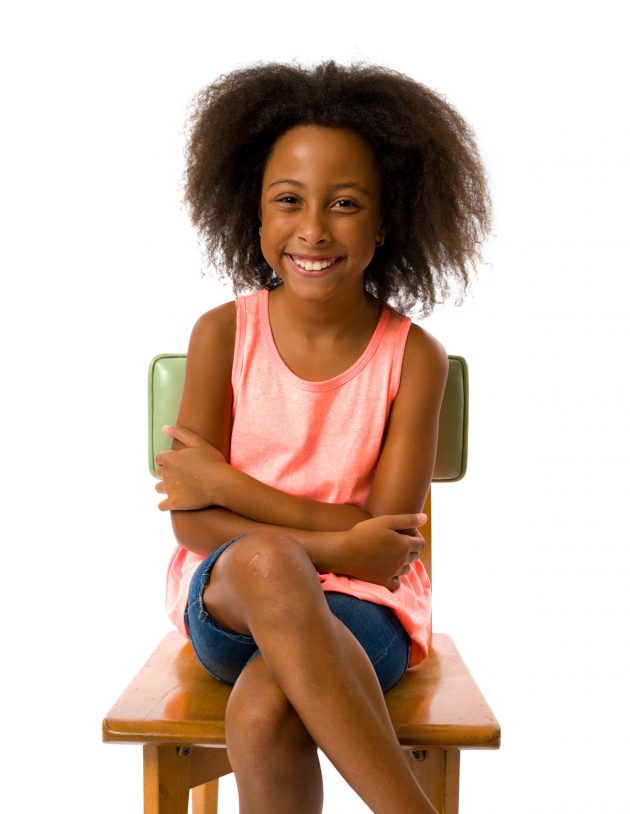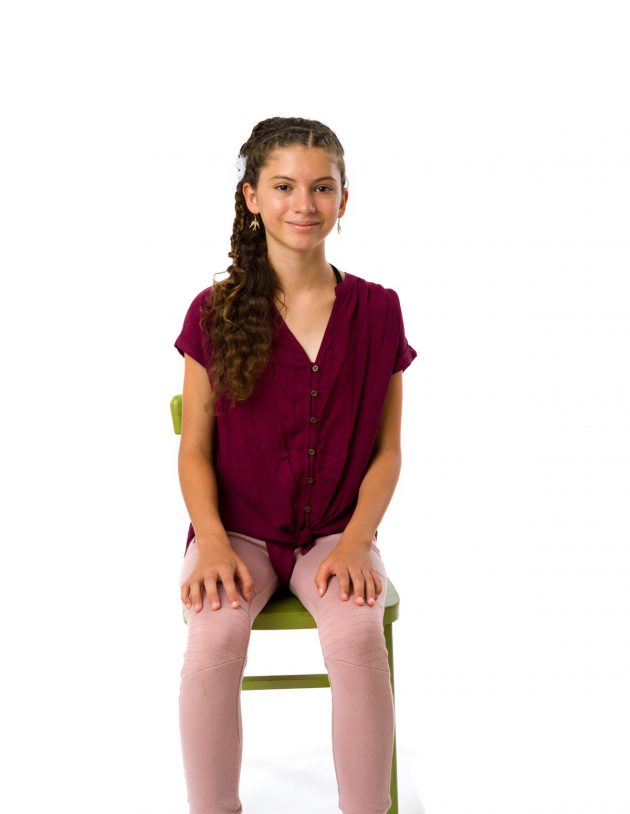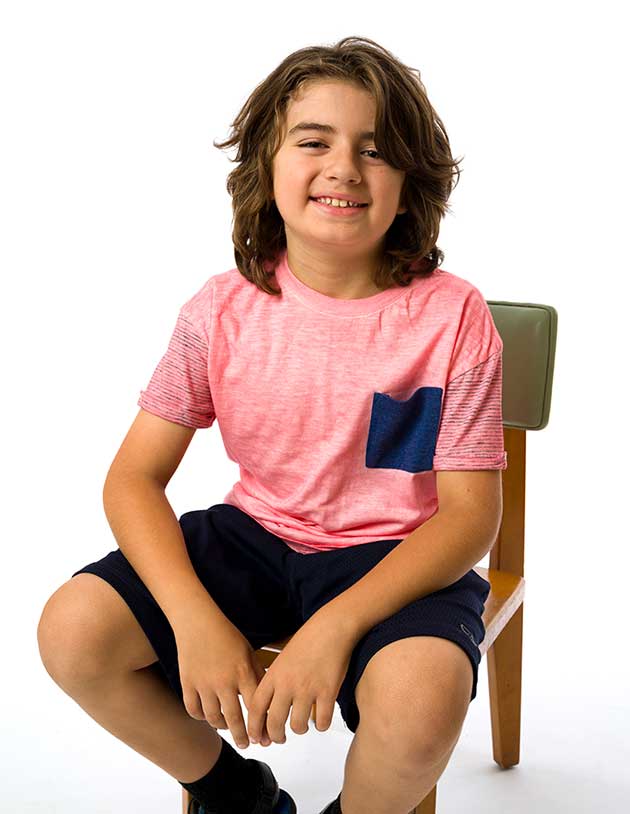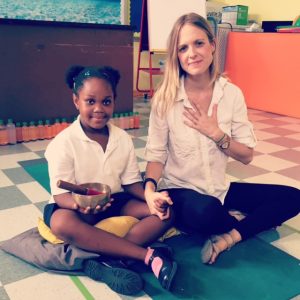As I explore my intentions for the beginning of another school year, I take a look at what I want for my teaching practice and turn to vital topics such as embodied teaching and self-care. My presence in the classroom is what I know to matter most, and yet the only way for me to juggle the many emotions that come with a large group of children and maintain stability is to acknowledge and honor the need for self-care. Joy and safety in the classroom is proportional to my own spaciousness outside of the classroom. What one teacher may need for self-care to actualize her best embodied teaching looks different than another. And yet we can apply specific practices, such as creating our intention, perhaps to see the caring, patient, non-reactive part of our self take shape when things aren’t going as planned. This year, I’ve taken to spending a few moments of my personal practice envisioning what I want for myself when I’m with my students; already in the first few days of school I’ve felt those moments of visualization seeping into my mindful teaching practice with the students.
With all of this in mind I come back to my body as the refuge. I know that when I greet my students I want to be feeling my own feet sink into the ground as I reach out to them.
 I realize that the one true way I can sustain a compassionate presence with my students is consistently checking in with my own body. I notice that with this monitoring of my body, living inside of it, I begin to catch my impulses and find room for pause. Over time I follow my impulse to its beginning, the part of me that is unconscious. Dropping deeper into my body I notice the subtle tensions fold and unfold. I realize I don’t need to try to fix anything in my experience as a teacher navigating a diverse group of children, but I simply need to inhabit my body as I shift from moment to moment, and let the awareness do it’s own natural work of unraveling unconscious habits.
I realize that the one true way I can sustain a compassionate presence with my students is consistently checking in with my own body. I notice that with this monitoring of my body, living inside of it, I begin to catch my impulses and find room for pause. Over time I follow my impulse to its beginning, the part of me that is unconscious. Dropping deeper into my body I notice the subtle tensions fold and unfold. I realize I don’t need to try to fix anything in my experience as a teacher navigating a diverse group of children, but I simply need to inhabit my body as I shift from moment to moment, and let the awareness do it’s own natural work of unraveling unconscious habits.
As an effort toward strengthening my intention to be the anchor in the room for stillness and understanding, I begin the year with visualization. Since I am constantly “becoming” as part of the practice of teaching, I visualize the whole day from the time I wake up to saying good bye to my students; I visualize it so that I see myself in a way I wish to be with my students. How am I when greeting students? What is my tone? What is my mood when I walk in the door at school? How do I feel and what do I tell myself as I walk into the classroom before the students arrive? How do I walk around the room when with a group of students? Am I noticing my body, my thoughts, before speaking? Am I seeing beauty before me? I can start with those important transitions first, especially the doorways I encounter as I imagine the start of the day – the doorway transitioning into school and to the room I will be teaching in. Opportunities for this intention practice are bedtime after reviewing the day, when first waking up, or during a moment of sitting practice before leaving home in the morning. The idea is that I visualize myself moving deliberately, especially with those small moments; ultimately I draw on this memory as I pay attention to myself and my relationships with students.
This intention practice is a mental exercise that strengthens the parts of my brain that react from my negativity bias (the part of myself that automatically sees the difficult aspects of my work with children rather than focusing on the joy). Because of this bias, it’s my job to put in the extra effort to see the basic goodness in each moment. When I practice this type of visualization I am preparing to walk through my day a bit more consciously, rather than moving through the day from a place that is ingrained. Since it is biologically natural for me to remember the challenges more vividly, the things that could be seen as small annoyances, it’s vital that I spend time imagining myself responding with care and joy at school. Teaching can sometimes be sticky, with many emotions arising for teachers and children alike and practicing in this way will increase the likelihood of accessing my best self when in need, even if it’s when walking through the door in the early morning for the 100th time or greeting those disoriented kindergarteners during the first week of school.

